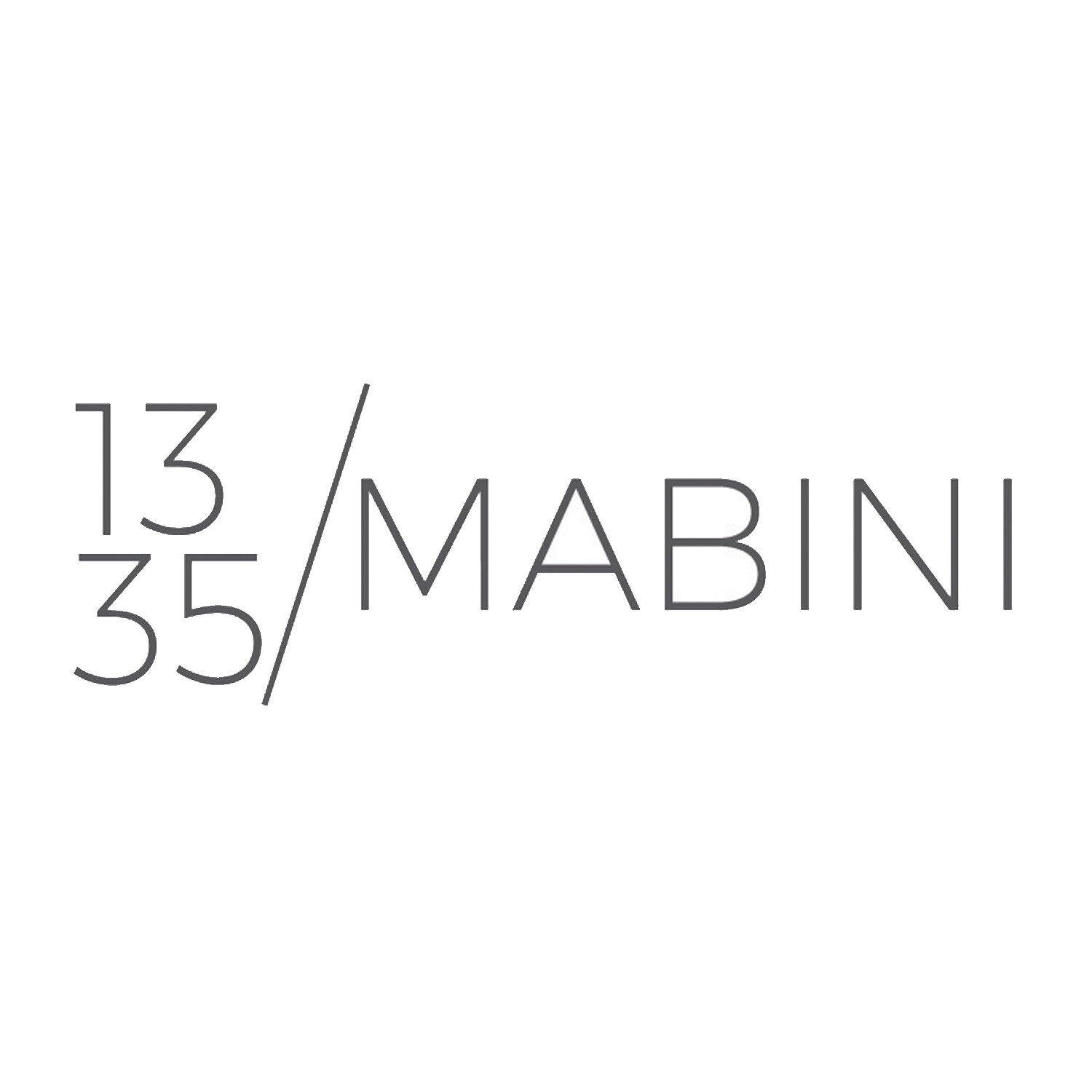Entropic Romance
OPENING:
Saturday, April 25, 2015, 6 pm
EXHIBITION DATA:
April 25 to May 22, 2015
LEEROY NEW: ENTROPIC ROMANCE
by: Adjani Arumpac
To date, Leeroy New's visual vocabulary has two basic sets of forms - the pastiche creatures: i.e., chimera, Cyclops, et al.; and the textural fill: voluptuous growths, drips, and patterns multiplied a hundredfold to permeate chosen spaces/media of installation/creation. Together, these create a distinct syntax of tactile oddity. Outre, as the centripetal force of all his creations, is simply a conglomeration of fragments borrowed from Classical canons, local mythology and popular culture. Supposedly, the final rearrangement of the forms points to the location of the meaning - the fixed point against which semantics can be safely attributed to the artist as author. But in this artist's case, the dizzying revision/revolution/reproduction of the fragments rejects any attempt at being signified as a whole.
Nevertheless, the case of the mounting public recognition of New's works demands another approach to signification. New's visibility through the din of his creations - blown up/attached/installed/performed in conspicuous gaps/galleries/commercial areas/public spaces/ social media within and outside the Metro - is a calculated homogenization of chaos, that ultimately wrests away the attention from the piece/s per se and instead focuses on the processual - the spatial/community and ritual/collaboration. The fixed point of New's art is latched on space itself, and its attendant resistance to interventions made by the artist (aptly represented as monsters/outre.)
In New's chosen approach to his practice, visibility is the currency to create as it invites community interaction to his forms. As such, his best canvas is a public space with a captured audience. Interestingly, public space is a fabrication, really, in a country controlled by neoliberalist policies wherein land and other basic needs are continually privatized in urban and rural Philippines. Along with the public spaces, communities and rituals are fast co-opted by the twofold forces of market/media. Congregations are now means for consumption, and vice versa. To address this impasse. New tapped the web of powers who own the spaces. This was and still is a move that has been both a boon and a bane; and a compromise that brought about the mutations. Perhaps a fitting representation of creative struggle. New's forms/visual vocabulary, primarily informed by secondary and tertiary visual arts education, have evolved according to each and every space he wrangled. Case in point is the dominant form in this exhibition - the drip.
The drip first made its appearance in the university, when as a college student, New drew huge graffiti of worms burrowing in and out of the campus wall. The worm graffiti, accompanied by whimsical splashes/drips of color. eventually ended up on the walls along the national highway. The drip was eventually translated to three-dimensional when New, a Fine Arts student, opted to amplify impasto, a popular technique used by colleagues. Opting to "go with the whole artifice", he created a sculpture of three layers of thick dripping paint on a canvas. This voluptuous drip appeared again in variations of media - from facade design to fashion/wearable art. In 2010, he pushed the form further, scratching and pulling the drip of latex usually found in sculptural workshops/studios. This found form eventually became his piece in the 13th Gawad CCP, with dancers/performers applying maximum bodily strength to peel away thick latex painted to dry on walls. The origin of the drip, of course, is in the process - drip as the part of the raw before and during creation. New's prolonged play of a singular form - wherein byproduct and the temporal, both usually absent in the final presentation of the art/work, become the product itself - indicates an obsessive attention to the processual consistent with the artist's practice.
In Entropic Romance, the drip figures again. New not just complies with the dynamics of the space with inanimate, fixed sculptural forms convenient for traditional art gallery curation and collection. He deliberately teases using stereotypical assumptions about the space aka white cube - rigid and detached. He unpacks his process through exhibiting evidences: photos of bodies molting in resistance, shrunken latex/skin as discarded entrails safely stuffed in a glass box, and precarious pulled drip of latex wrangled to permanence through fiberglass casting. Gone is the act of struggle, felt through the tension of a thin film of latex stretched to breaking point. This is an inventory of an absence, a sterilized unrest. And this objectification ultimately creates conditions for desire for interactivity - to touch the tension. The narrative turns to a familiar path. That, simply, disembodied representation is not enough and has never been. Because it is precisely within this system of alienation where Leeroy New finds himself, both struggling and thriving - wherein the artist, as worker, produces himself, as product, ad infinitum; wherein awareness of the processual is not just a technique, but the only redemption.
Street Address
City, State, Zip
Phone Number
Your Custom Text Here



